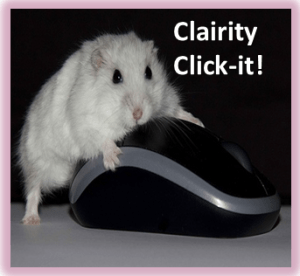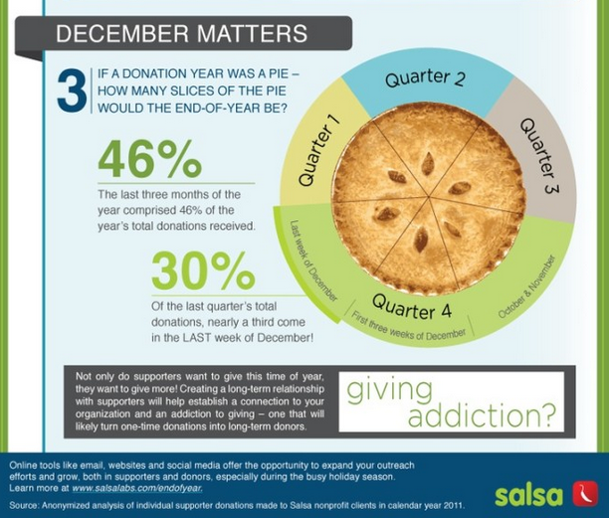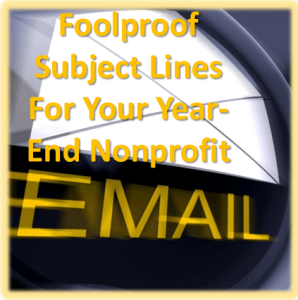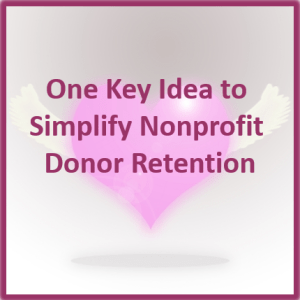Philanthropy, Not Fundraising: I Have a Dream 2016
I have a dream for 2016– and beyond. I have a dream this is the year your organization will move beyond defining yourself by what you’re not (nonprofit) and will begin to define yourself by what you are (social benefit). I have a dream this is the year your people will move from an attitude of taking and hitting people up (aka “fundraising”) to a mindset of giving and lifting people up (aka “philanthropy”). I have a dream this is the year your staff and volunteers will move from enacting transactions to enabling transformation.
I have a dream you will think big, because thinking small will not get you where you need to go. You will understand there is great power in a big, wildly exciting vision. You will share this vision broadly to attract people — and financial resources — to your cause. You will no longer be content to remain a “well-kept secret.”
I have a dream you will learn who your best influencers and advocates are and you will embrace them. You will recognize you are no longer your best messenger. You will understand that many forces beyond you influence your donor’s decision to invest with you, and you will expand your thinking and operations from a one-dimensional to a multi-dimensional model. You will allow your constituents to engage with you at multiple points of entry, and to move freely between these points during the life cycle of their engagement.
I have a dream you will push yourself and your organization towards transformative change.
Details










